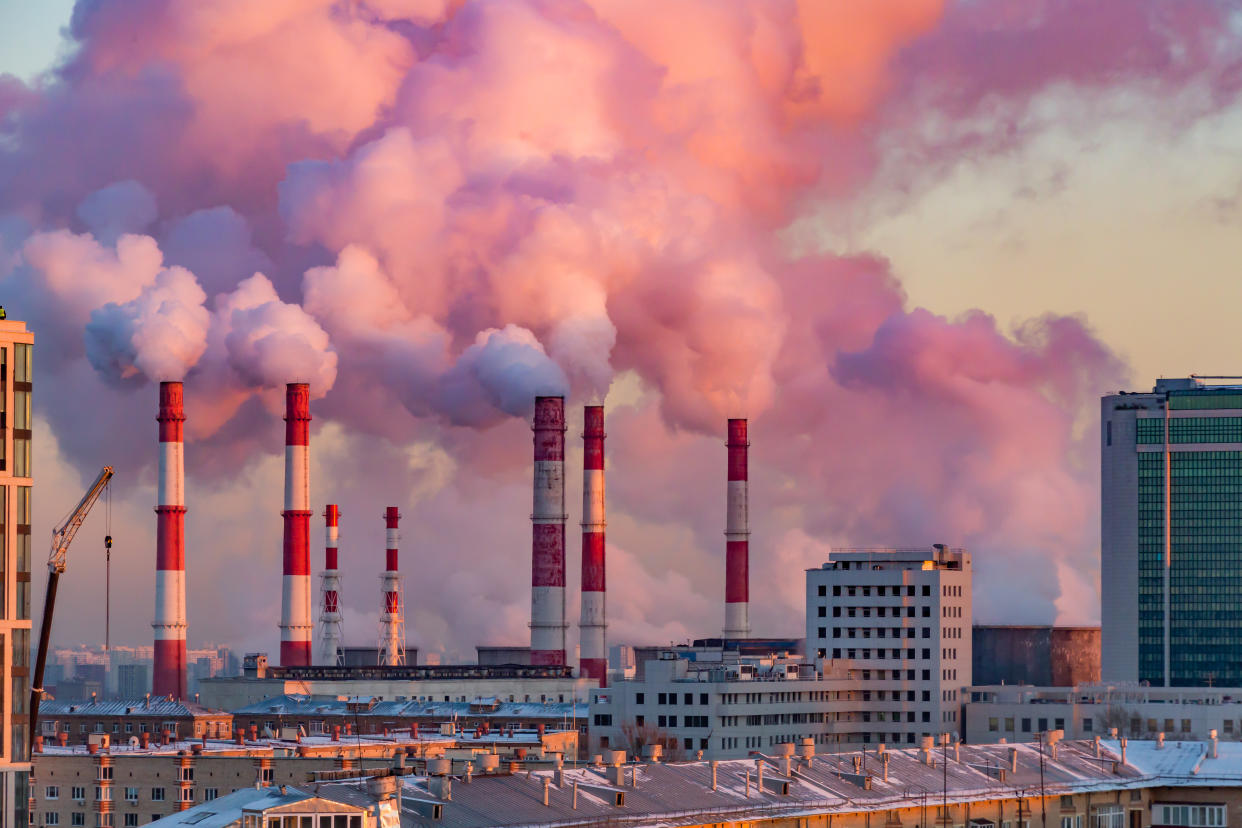Billions of people will live in 'barely survivable' conditions within 50 years due to climate change

Around a third of the human race will live in “near unliveable” conditions within half a century unless greenhouse gas emissions are reduced.
Researchers from the US, China and Europe have said that 3.5 billion people will soon live outside the “normal” climate humans have lived in for 6,000 years.
The researchers predicted that the changes could result in migration on a huge scale.
Read more: Melting snow in Himalayas drives growth of green sea slime visible from space
Human populations are largely concentrated in narrow climate bands, with most people living in places where the average annual temperature is about 11-15 Celsius and a smaller number of people living where the average temperature is about 20-25 Celsius.
Under a scenario in which emissions continue to increase unabated, the temperature experienced by the average person will have risen 7.5 Celsius by 2070.
This rapid temperature rise, combined with projected global population changes, mean about 30 percent of the world’s projected population will live in places with an average temperature above 29 Celsius within 50 years, if greenhouse gas emissions continue to increase.
These climate conditions are currently experienced by just 0.8 percent of the global land surface, mostly in the hottest parts of the Sahara desert.
By 2070, the conditions could spread to 19 percent of the planet’s land area.
Read more: A 1988 warning about climate change was mostly right
“This would bring 3.5 billion people into near-unliveable conditions,” said study co-author Jens-Christian Svenning, of Aarhus University in Denmark.
The researchers found that people, despite all innovations and migrations, have mostly lived in the same climate conditions for several thousand years.
“This strikingly constant climate niche likely represents fundamental constraints on what humans need to survive and thrive,” said Professor Marten Scheffer, of Wageningen University in the Netherlands.
He said: “The coronavirus has changed the world in ways that were hard to imagine a few months ago and our results show how climate change could do something similar.
“Change would unfold less rapidly, but unlike with the pandemic, there would be no relief to look forward to: large areas of the planet would heat to barely survivable levels and they wouldn’t cool down again.
“Not only would this have devastating direct effects, it leaves societies less able to cope with future crises like new pandemics. The only thing that can stop this happening is a rapid cut in carbon emissions.”
Read more: Why economists worry that reversing climate change is hopeless
The researchers said that reductions in greenhouse gas emissions could greatly reduce the scale of the crisis.
Rapid reductions could halve the number of people affected, said study co-author Tim Lenton, climate specialist at the University of Exeter.
“Our computations show that each degree warming above present levels corresponds to roughly one billion people falling outside of the climate niche,” he said.
“It is important that we can now express the benefits of curbing greenhouse gas emissions in something more human than just monetary terms.”
The authors noted that a percentage of the 3.5 billion people exposed to extreme heat if climate change goes unabated may seek to migrate.
“Foreseeing the actual magnitude of climate driven migration remains challenging,” Scheffer said.
“People prefer not to migrate. Also there is scope for local adaptation in part of the world within limits, but in the Global South this will require boosting human development rapidly.”


